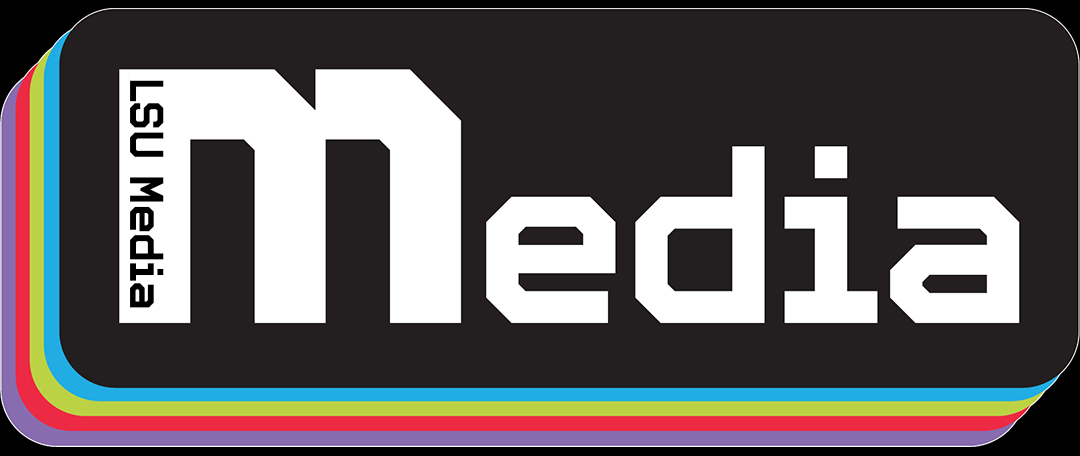We all know that some athletes earn millions and don’t have to worry about money. But what about those that have to work alongside training as a professional athlete? Lorenzo Lo Vaglio looks into why there is such a drastic pay gap between different athletes and different sports.
If you ask 100 people ‘Who is the richest athlete?’ it is likely 99 out of 100 would answer ‘Messi’ or ‘ Cristiano Ronaldo’. This is because most people consider football to be the richest sport but when you look at statistics and numbers, the picture is slightly different. Let us start by saying that football (or soccer) is not the most paid sport at all. A quick glance at Forbes Magazine’s list of highest paid sportsmen will find basketball well represented with the average NBA player earning $4.9 million per year, whilst the national minimum wage for NBA Players with 0 years of experience is $1,017,781 a year. Why is that?
Something to consider is where sports take place. For instance, when we talk about professional basketball, hockey, or baseball many would not consider Europe as the main homeland for these sports, they would rather think of Canada or North America. Indeed, the income from these sports (and consequently the salaries) are higher in the USA than in the United Kingdom (e.g., the most-paid baseball player in the UK earns around £69,000 a year whilst the lowest-paid baseball player for MLB earns around $570,000 a year, a difference of ca. £500,000). But the “blame” for such a pay gap is not only on the Americans.
Three more countries are to blame for this phenomenon: UK, France, and Spain. The greatest sport common denominator between these countries is football. For instance, the UK with the Premier League alone accounts for half of the Highest-paid footballers in the world table 2022: 9th is Mohamed Salah (Liverpool) with £350,000 per week; 8th is Erling Haaland (Man City) with £375,000 per week; 7th David De Gea (Man Utd) with £375,000 per week; 5th is Kevin De Bruyne (Man City) with £400,000 per week and 4th was Cristiano Ronaldo (Man Utd) with £515,000 per week. In addition to this, there are some players like Phil Foden and Bukayo Saka already worth £100 million, which is, in my opinion, an outrageous, monstrous, and at least inaccurate if not deceiving economic valuation for two 21st years old.
In the same table for the highest-paid footballers in the world in 2022, France and particularly PSG accounts for the three most-paid players in the world and in the history of football: 3rd is Neymar (PSG) with £606,000 per week; 2nd is Lionel Messi (PSG) with £960,000 per week and 1st is Kylian Mbappe (PSG) with £1,600,000 per week. While I find Neymar’s and Messi’s salaries just inaccurate, Mbappe’s salary is clearly set to raise his value, and this is exactly the mechanism that allows players to be extra paid (and clubs to raise prices).
Anyway, we are talking about exceptions, as normal top-league football salaries in Europe are around 3 million Euros per year. A general table for the most paid sports, in the end, would see: 1. Basketball, 2. Baseball, 3. F1, 4. American football, 5. Hockey, 6. Golf and then football (soccer).
In conclusion, salaries are positively proportioned to incomes in sport (and in many other industries actually). Therefore, to define who earns more and who is underpaid we must consider sports at the highest level (e.g., Professional Baseball is currently worth more in economic terms in North America (MLS) than in Europe). This allows us to consider the NBA for basketball, PL for Football, NFL for American football and so on. The final table for the most paid sports sees: 1. Basketball, 2. Baseball, 3. F1, 4. American football, 5. Hockey, 6. Golf and then football (soccer).
As a statement, it is wrong to claim that football is not the most-paid sport, but it has some overpriced and overpaid players, especially in UK and France. This tendency has been strategically and intentionally set to raise a player’s values: when the club overpays the player, their value raises unconditionally, and the club gets more than the player’s real value when they are sold to another club (e.g., Mbappe case and potential agreement with Real Madrid). To equilibrate this system, some solutions have been discussed in these years: some think to abolish sports contracts, while Sport side CEO of Internazionale Milano Giuseppe Marotta thinks the key is to enhance the academies to raise future players.
The UK has been using academies since 2015 but the British clubs thought it was a good idea to raise players and set a high price (e.g. Grealish, Foden,…) when they enter the first team, which is even worse for football, as they are not answering the matter but simply earning more than everyone else from this strategy and cover it by aligning with and claiming the nationalistic feeling to raise superior quality human being (before being football players), not a new concept in Europe. This entire “criminal” strategy can be summarised by the sentence: ‘it’s a matter of supply and demand’ (Brad, character of The Wolf of Wall Street).
UK and France are creating a demand for “high-value” players and selling the product at the same time, and this is commonly called commodification. There is no scope in youth academies anymore but to raise overpaid and overvalued players, in every sport. I am very pessimistic about finding solutions as Dr Elisavet A. Manoli once told me “We as humans exist and as such, we have tried to destroy it within it” and there is no way out, ‘because we exist as humans, and we find the opportunity to do it. It is a rational theory. We find the opportunity. We do it. That is it”. To bring a recent example, look at the Qatar FIFA World Cup scandal. The football European Super League that almost happened is another perfect example. Everything is based on money. Therefore, I believe there will never be a sincere interest or real solution for equally paying athletes or raising football players just to play football and not to be sold like objects.
Edited by – Jasmine Trapnell (Sports Editor)
Designed by – Meg Crowther (Head of Design)


